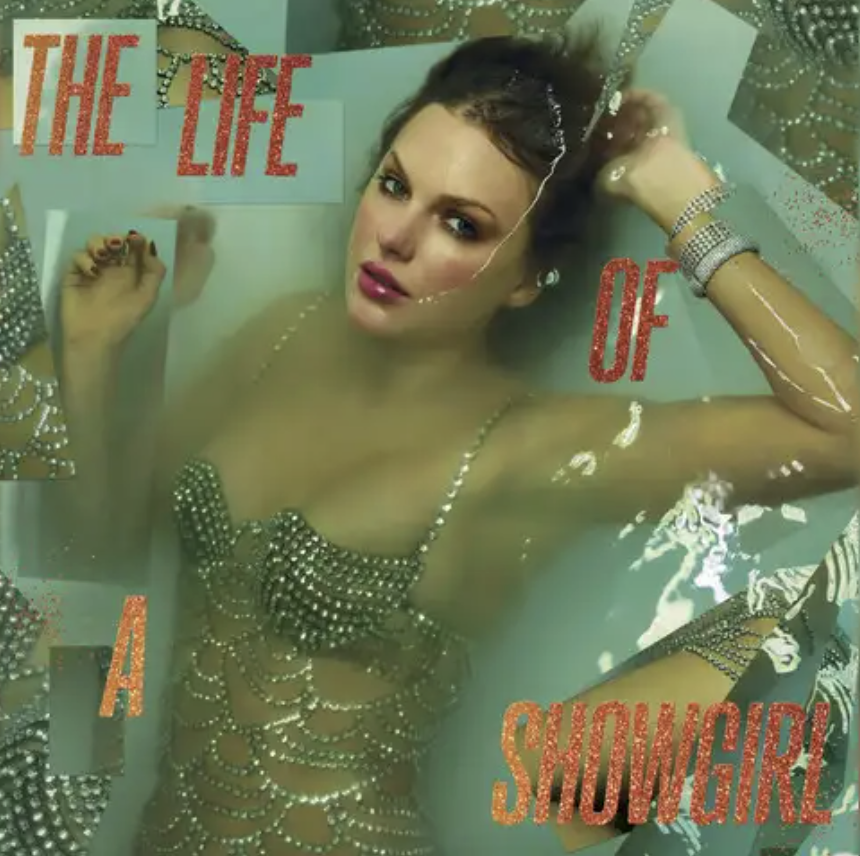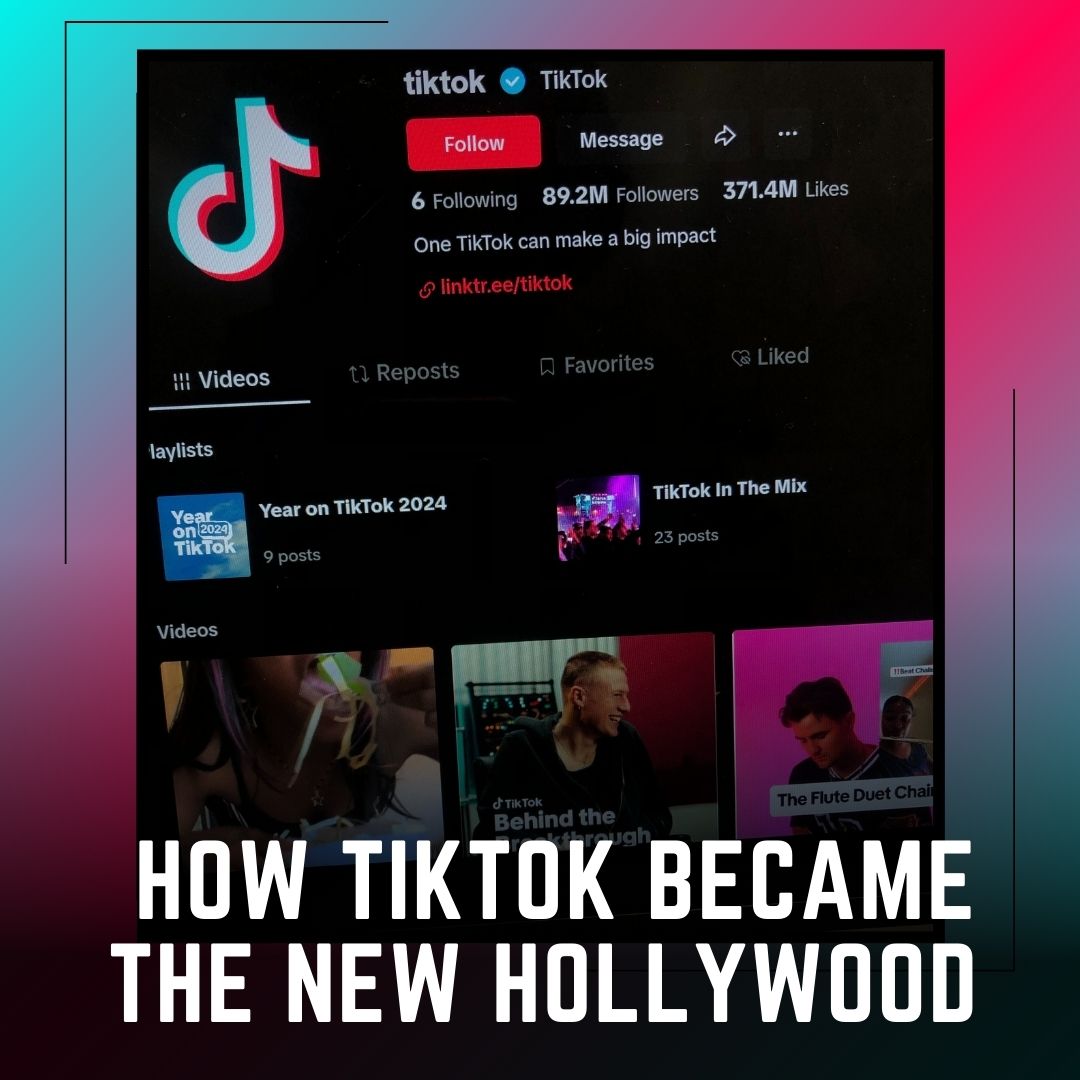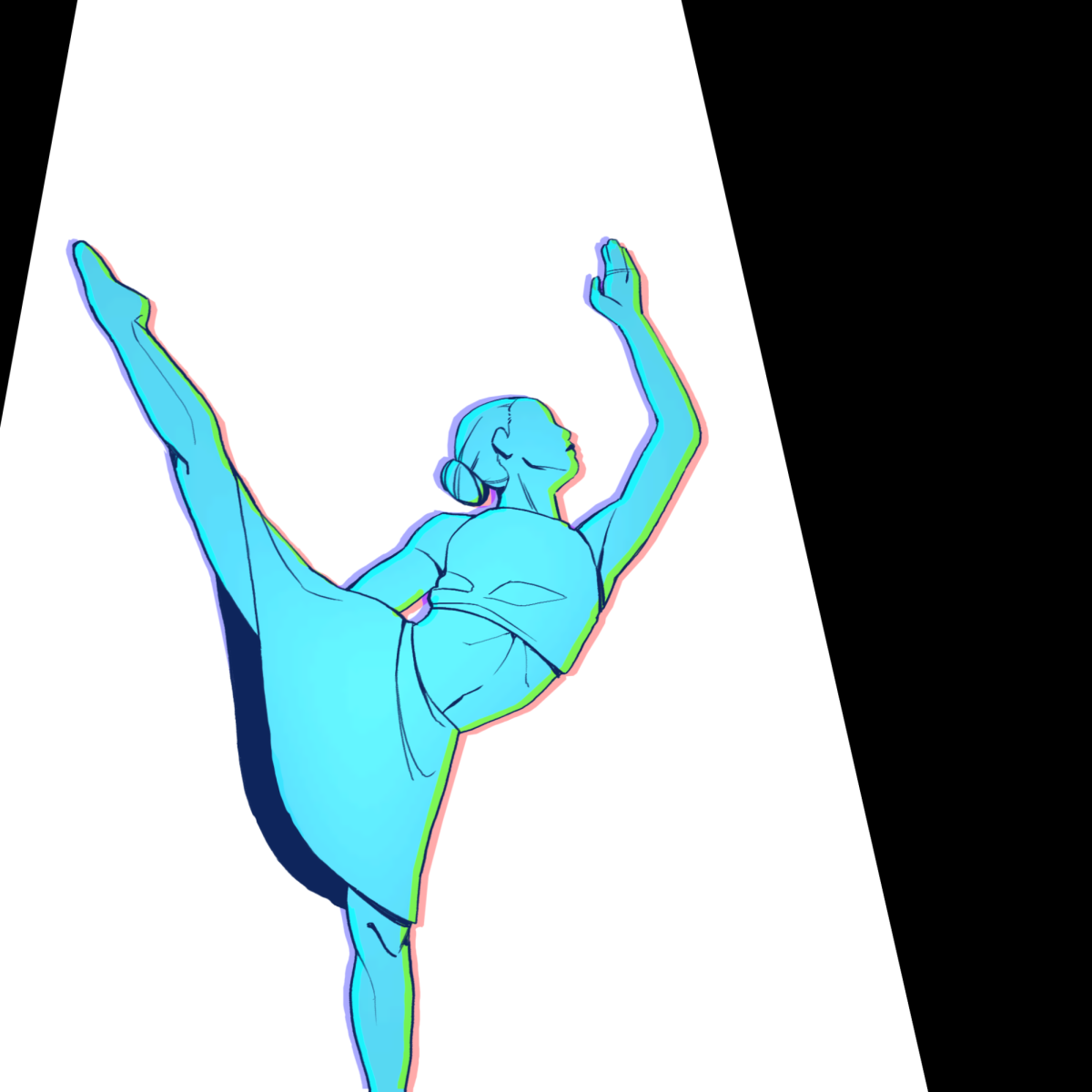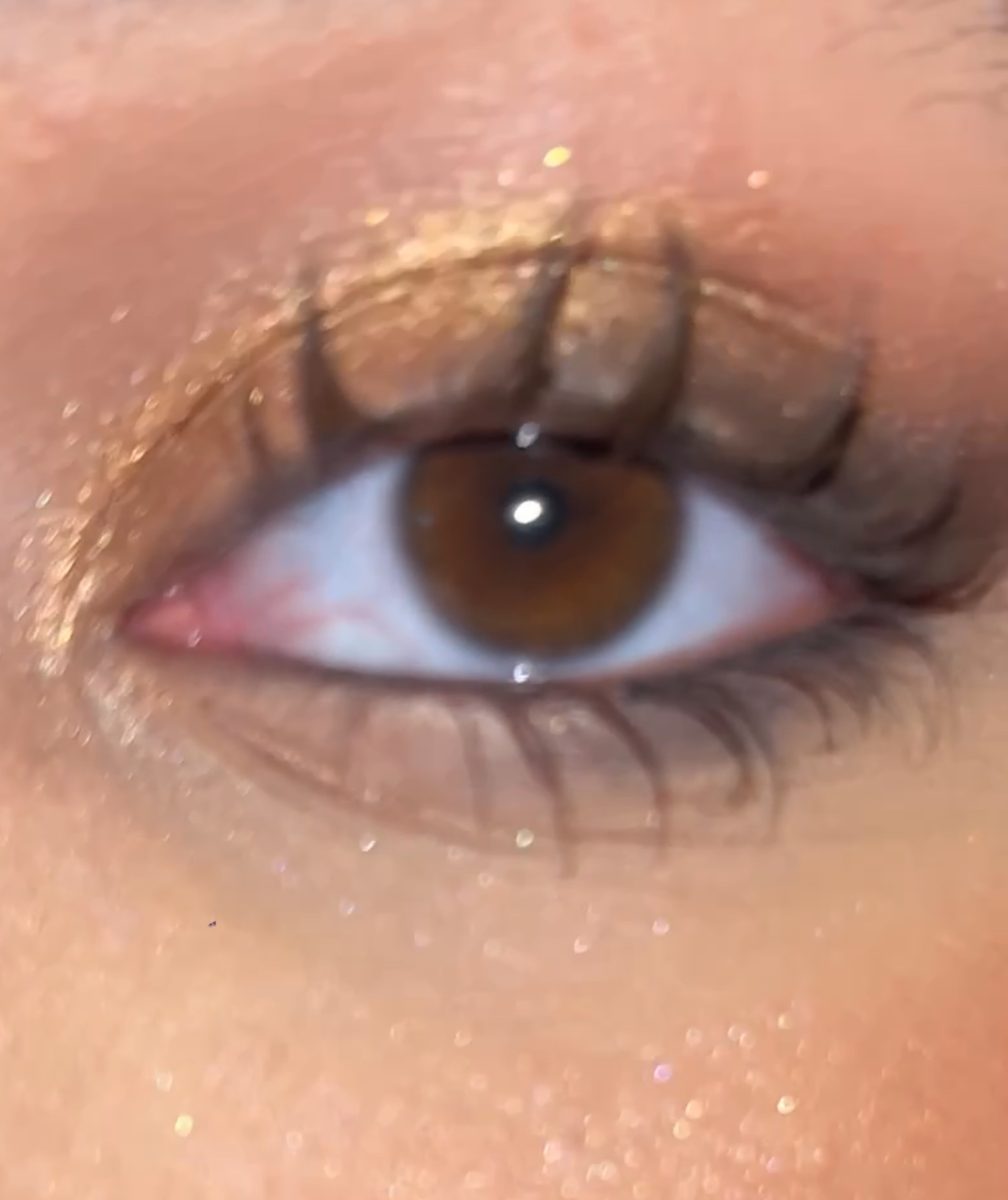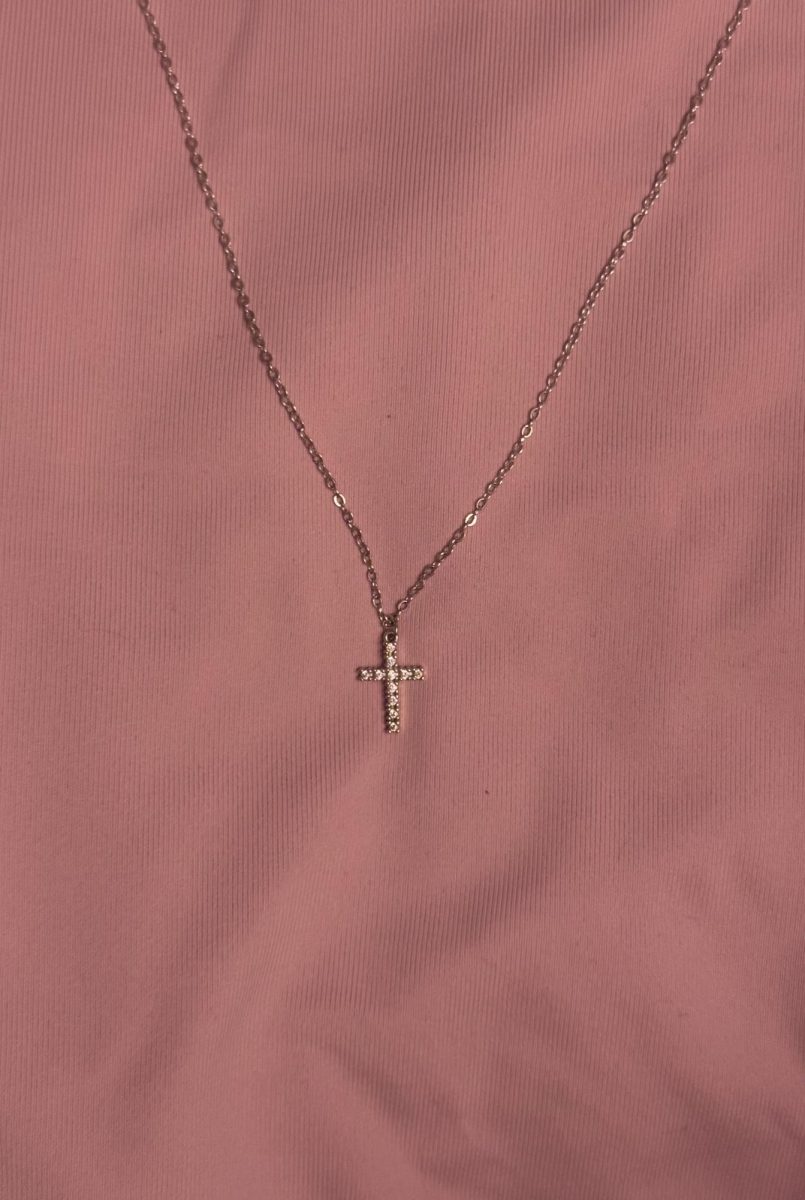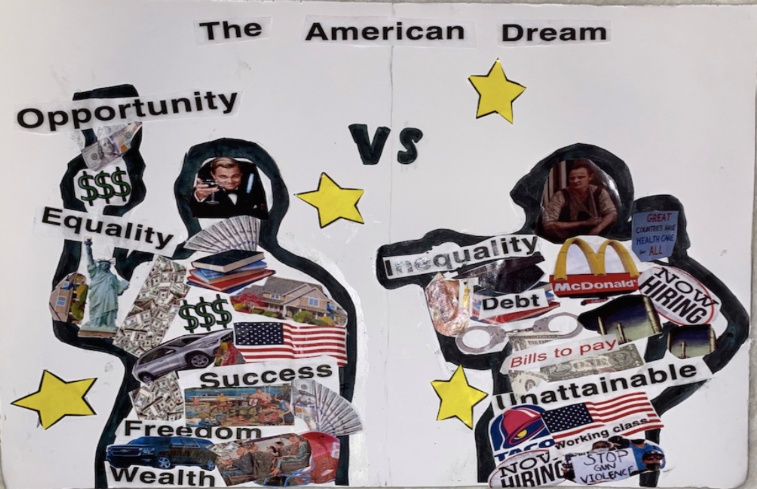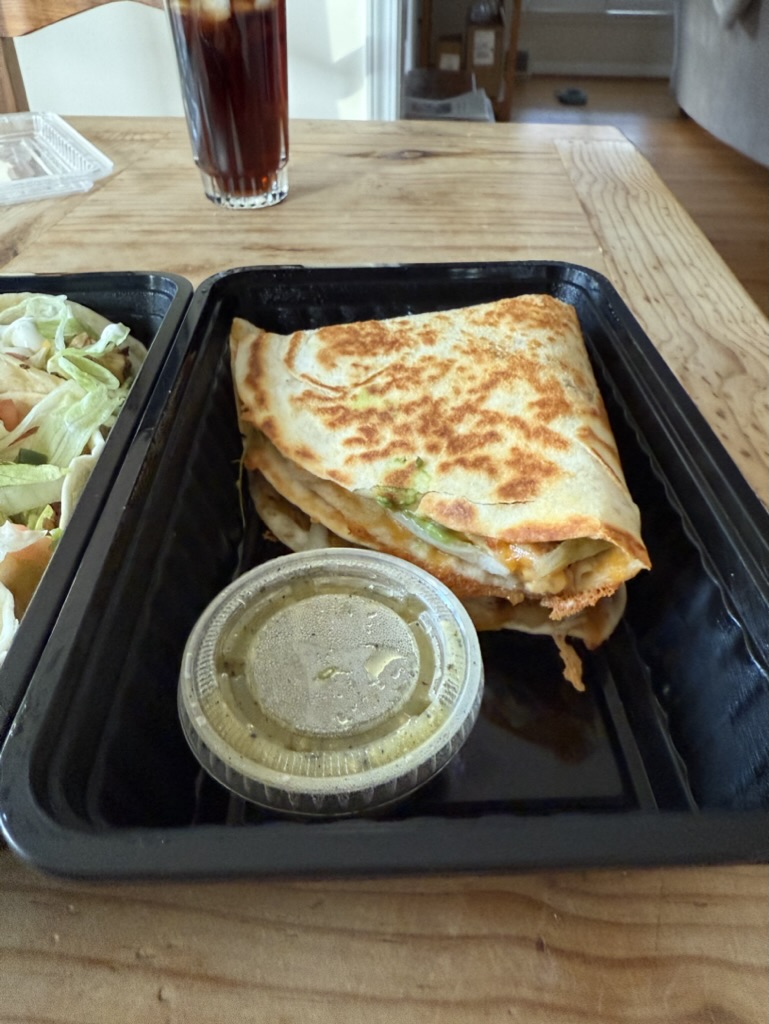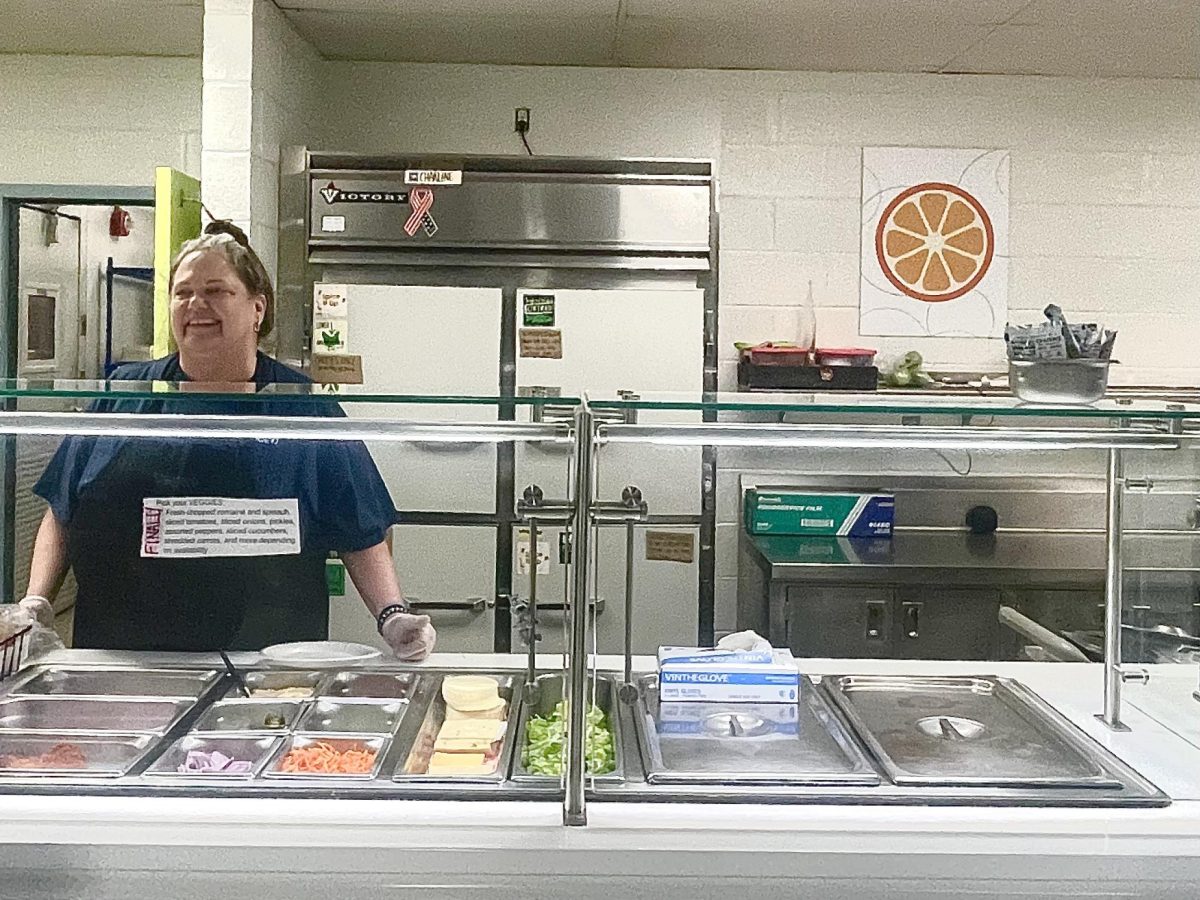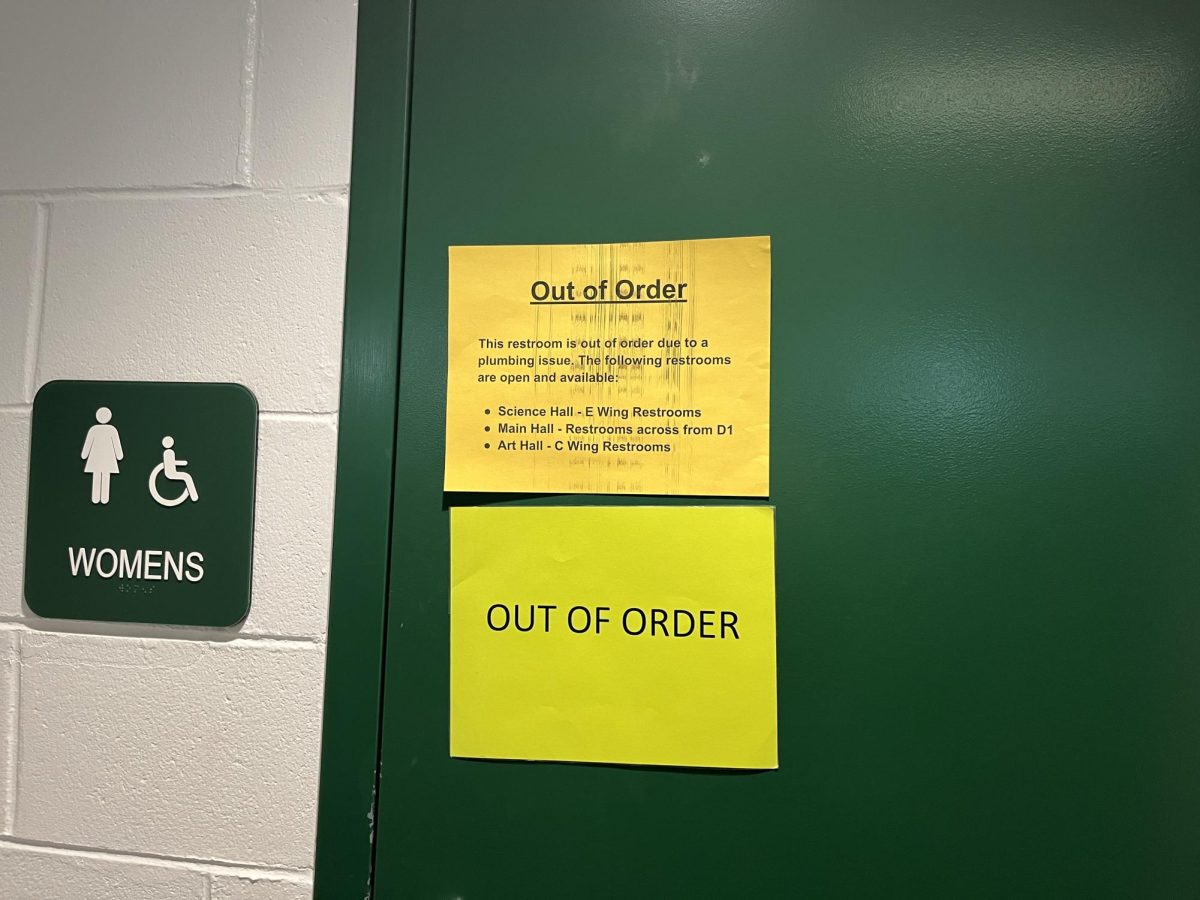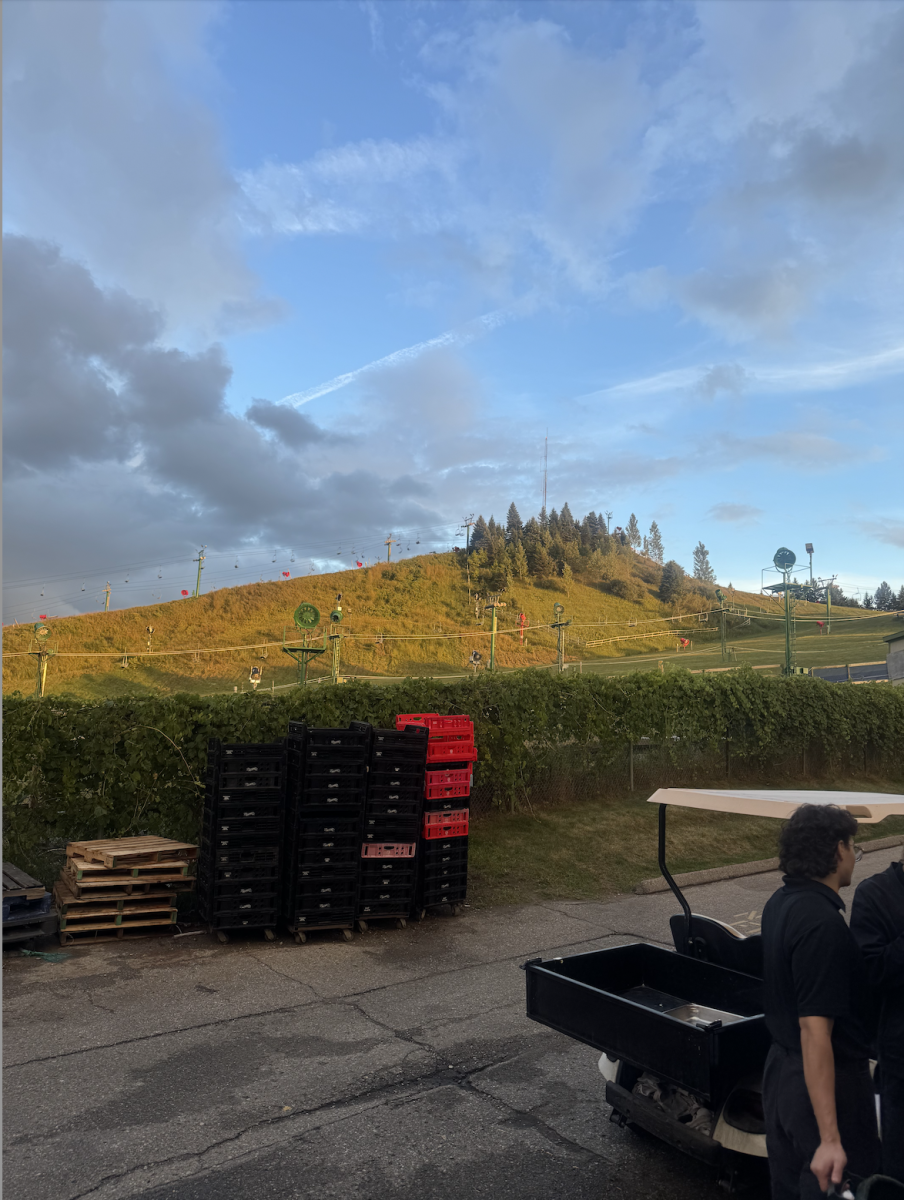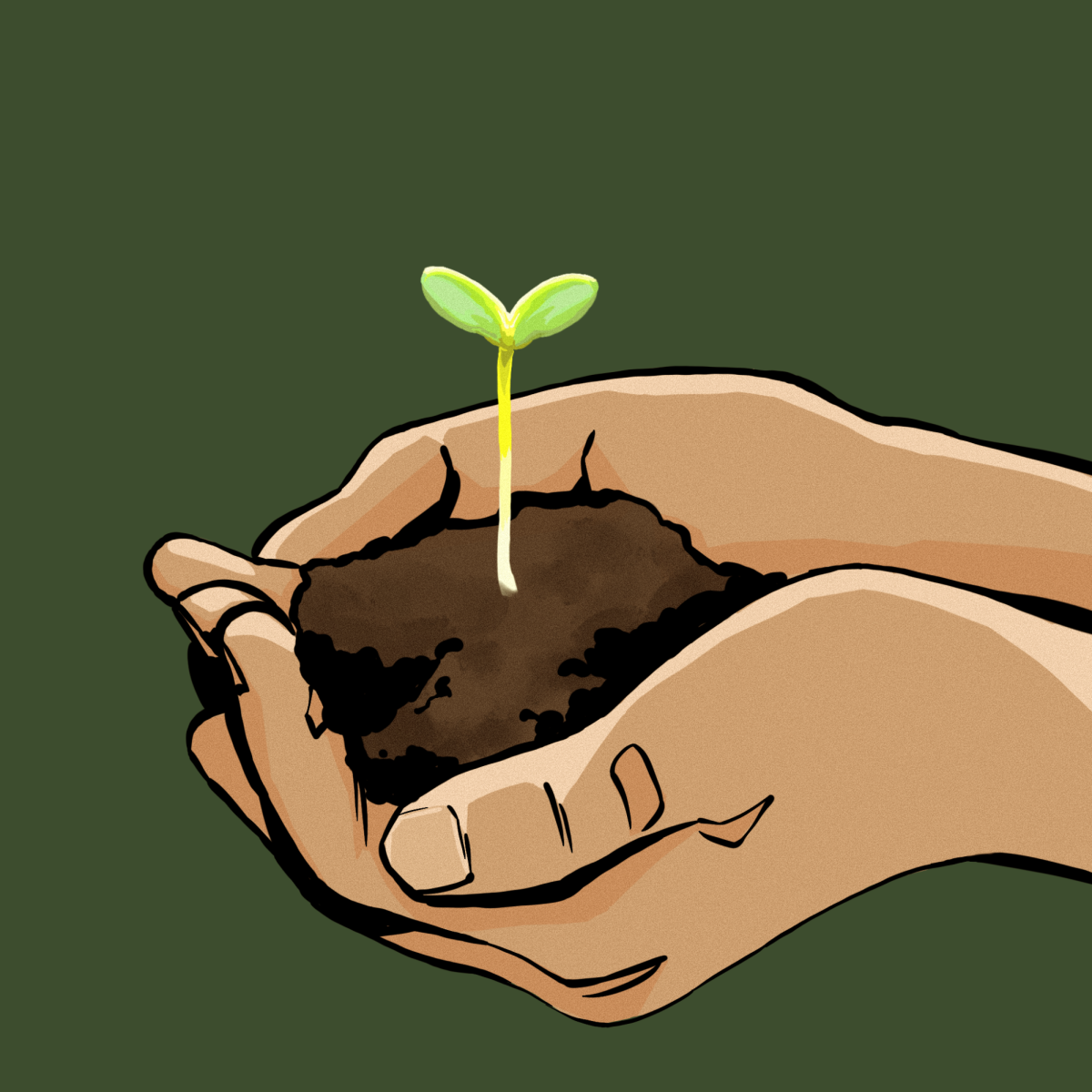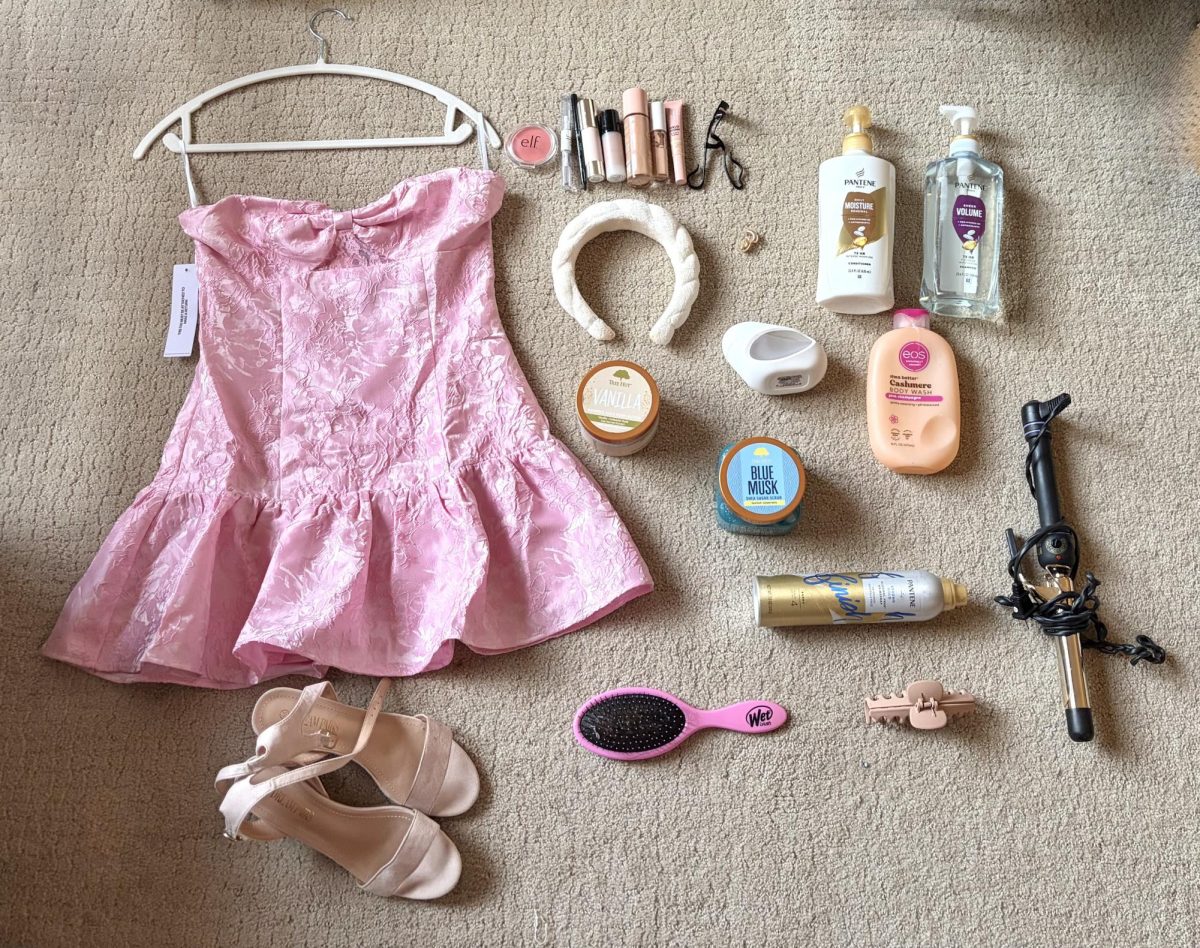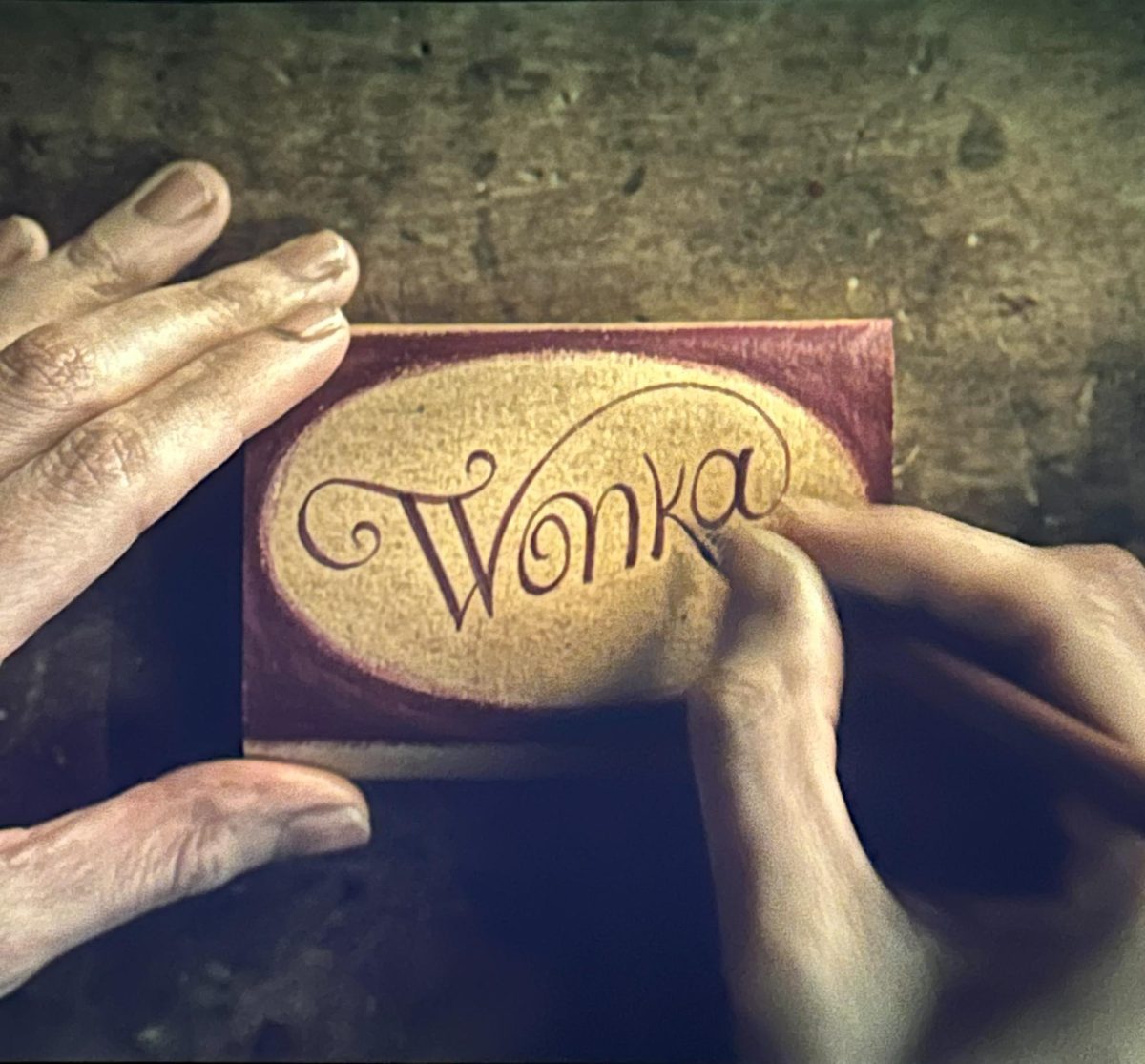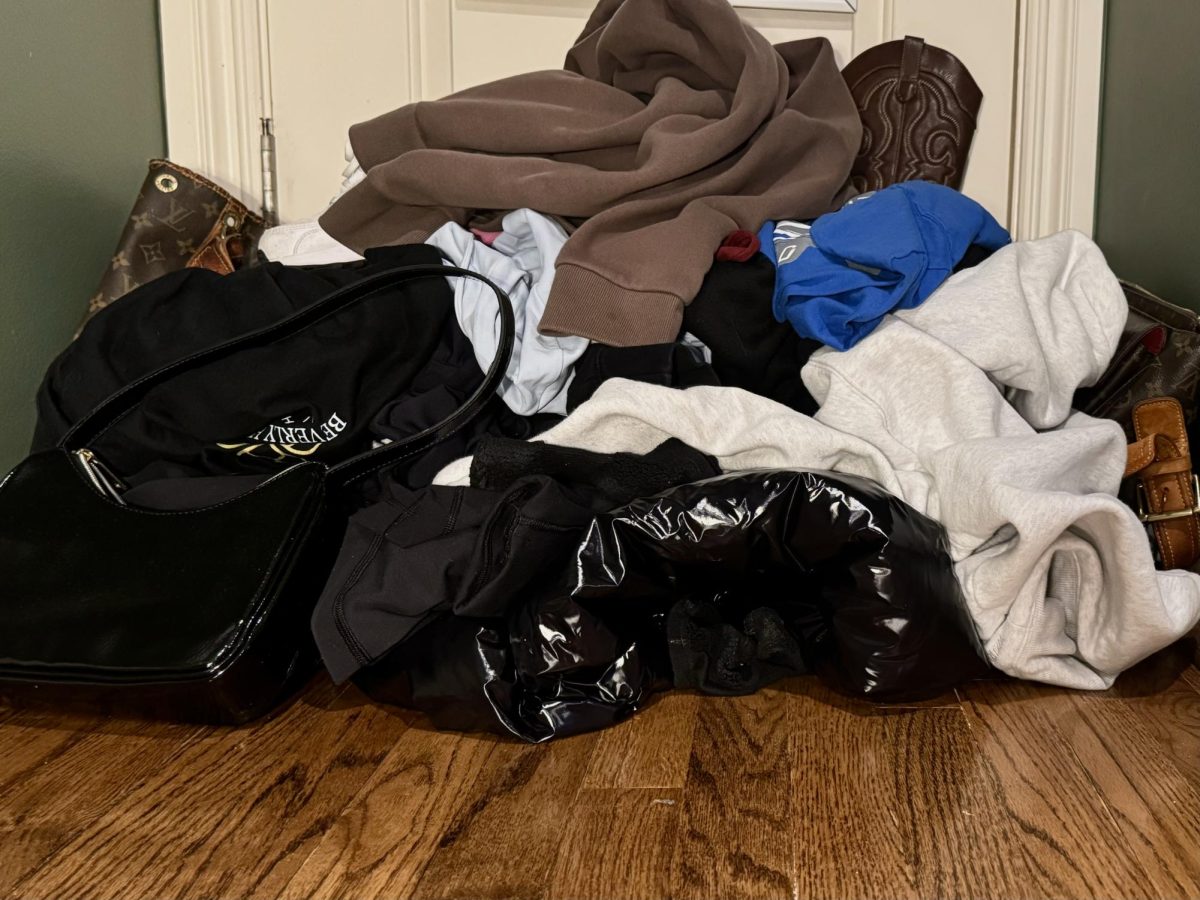One of my guilty pleasures is watching “Get Ready With Me” TikToks. I love watching their fully stocked showers with three different Tree Hut body scrubs, the rubber hair scrubbers they use to massage in their shampoo, the five different serums and washes they use on their face and the extensive makeup collection with many different shades and brands… of the same items.
Although they’re enjoyable to watch, it isn’t great for my bank account. I was well aware before this article that I had a shopping problem. I love buying clothes; at the time it struck me as a necessity. Everyone needs clothes, but definitely not at the rate I consume them. I bought the Tree Hut exfoliators and the rubber hair scrubbers to massage in my shampoo. I love these products, but it took writing this article to realize I didn’t need any of them. My hands did just fine washing my hair and my skin was just fine using a body brush I already owned. These products did not significantly change or improve anything in my life. In fact, my body brush was more effective than my new body scrubs.
I noticed this overconsumption blatantly on social media and myself, but wondered if it happened to others at my school— and if they recognize it, as well. It feels as if every time I see something trending online, it appears in my very school not even a week later. I interviewed a few students on the topics of overconsumption in Groves, social media and their personal lives.
Many students see overconsumption in their personal lives and refer to their family members. Mamy Diop, a junior at Groves, brings up an example of overconsumption in her own family.
“My mom does, we have 50 water bottles in my house and three different coffee machines. We definitely could cut down; we don’t need that many. We kind of just accumulate them,” Diop said.
Products like water bottles and coffee machines are intended to be a one-time purchase until they break. Constantly buying new reusable water bottles defeats the purpose of them being reusable. For example, Stanley’s and Owala’s aren’t easy to dispose of; contributing to the negative environmental impact overconsumption has. The next time you reach for the new color that was released or the new trending item, think about the impact you have.
Students see even more examples of overconsumption on social media.
“…You can see it anytime you open any kind of social media. People will have cabinets of the exact same product; I think it’s unnecessary,” Diop said.
Diop commented on how trends on social media play into overconsumption.
“With trends and all these things constantly changing, I feel like we constantly need to be up to date on everything that’s happening… no matter how many eyeshadows I have at home, I feel like I need that new eyeshadow,” Diop said
Diop brings up good points on the concept of fear of missing out. The constantly changing trends create social pressure to keep yourself up to date with whatever product has everyone’s attention. This influence on consumers only feeds them to continue buying products at an unhealthy rate.
Lynn Meradi, a Junior at Groves, discussed her take on social media trends.
“We’re in a time of micro trends. Things will go in and out in a month, but, within that month where it’s trending, if you don’t have it, then you’re looked down upon. It’s a cycle of buying and throwing it away,” Meradi said.
Many of these clothes involved in microtrends end up in landfills from the process of throwing them away constantly. These landfills contribute to air pollution from gasses like ammonia, hydrogen sulfide and methane, according to a 2021 study from the University of Colorado Boulder. The same article talks about how, in order to create space for these landfills, many natural habitats are destroyed. As many as 1,800,000 habitats have been destroyed for these landfills.
Brett Schacker, a Junior at Groves, brings up her own unique take on influencers.
“When you’re doing these entire huge hauls, and you say ‘I got this entire collection, and there’s a link to it at the bottom, so you can just go and click on it right now, you don’t even have to think about it!’ It leads to a lot of overconsumption… with Shein, Temu and TikTok shop, you can get stuff for really cheap; it’s very common to get a lot of stuff in huge hauls,” Schacker said.
Fast fashion companies like Shein, Temu and TikTok shop produce clothes at rapid rates with cheap materials, making the prices very inexpensive. Manufacturing this cheap fabric, such as polyester, creates three times the amount of carbon emissions compared to producing cotton. When cheap polyester clothing is eventually thrown away into a landfill, it takes about 200 years to decompose, according to the article Fast Fashion and Emissions by Jolin Li.
Meradi brings up a similar point about the accessibility of the hauls and their environmental impact.
“I see a lot of people buying a lot of clothes just because they’re cheap, they aren’t good quality. Throwing them away adds to the pollution,” Meradi said.
As you shop, be mindful of your spending habits and the impact you have on the environment. Can you buy this item secondhand? If it’s only for one use, can you borrow it? Will you likely return this item? The consequences of overconsumption stretch way more than just a hit to your bank account or social norms.


